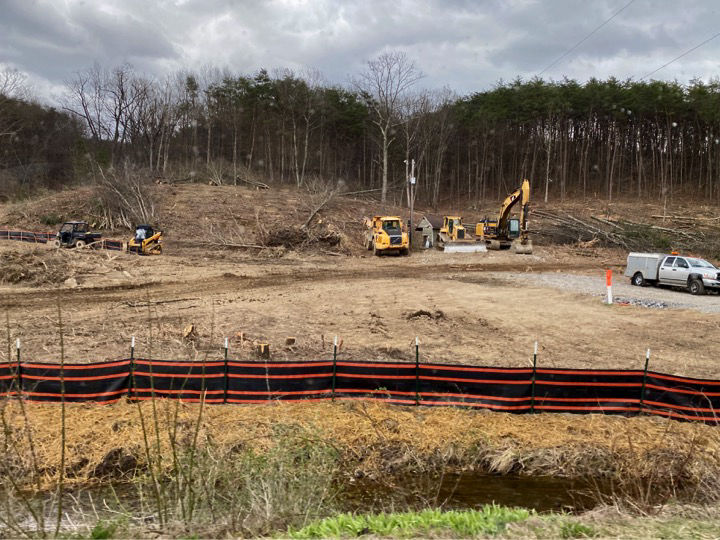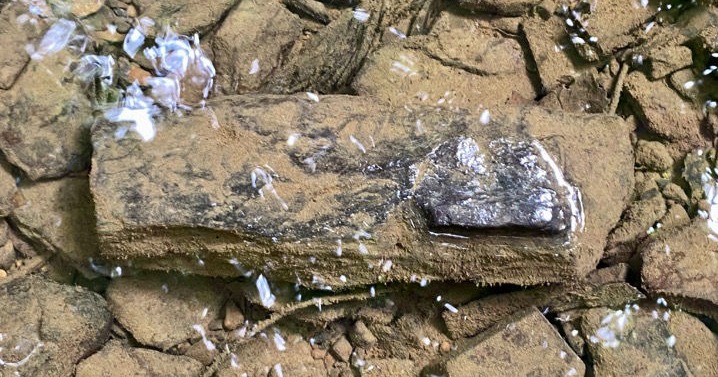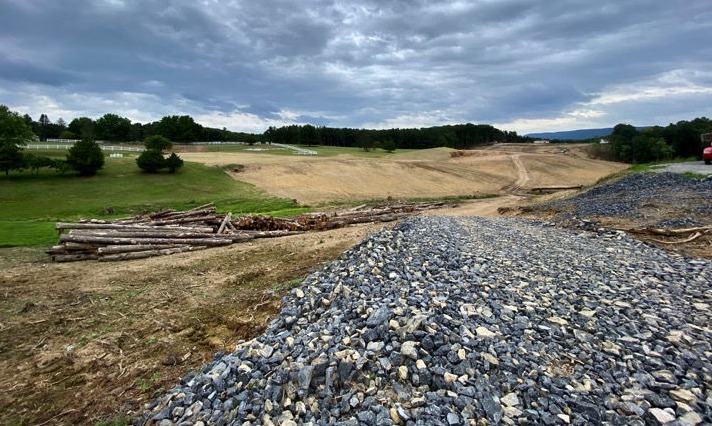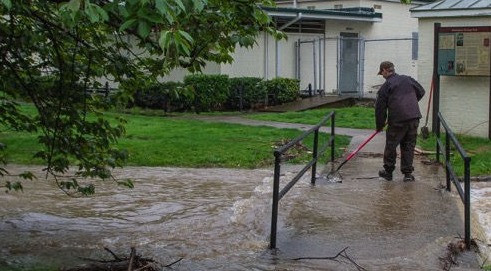
522 Bypass
Warm Springs Run is a narrow watershed with a large amount of impervious area in the upper watershed. Because of the impermeable surfaces, steep slopes, and shallow soils the area is increasingly subject to flash flooding. The Berkeley Springs 522 Bypass adds 36 acres of impervious road and hard shoulder with stormwater runoff being collected and released more quickly.




